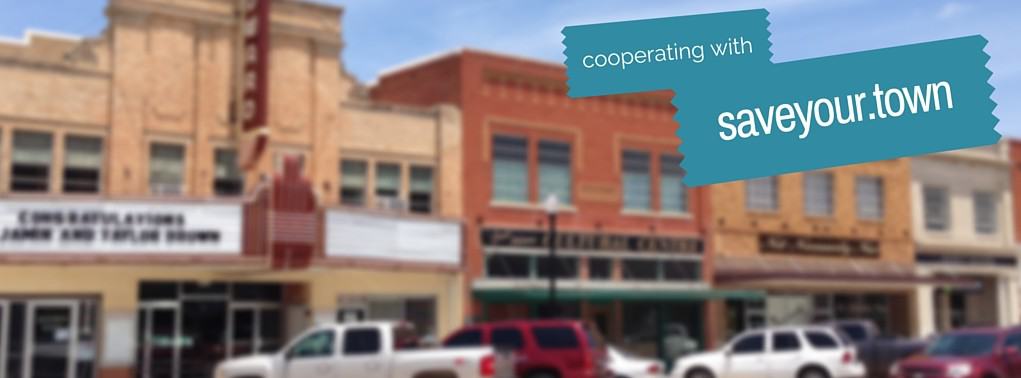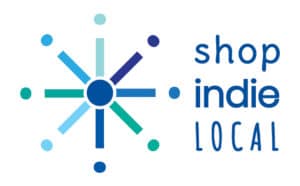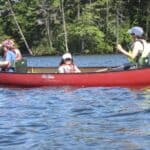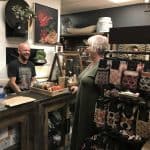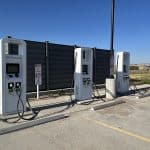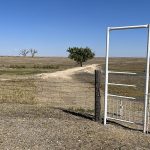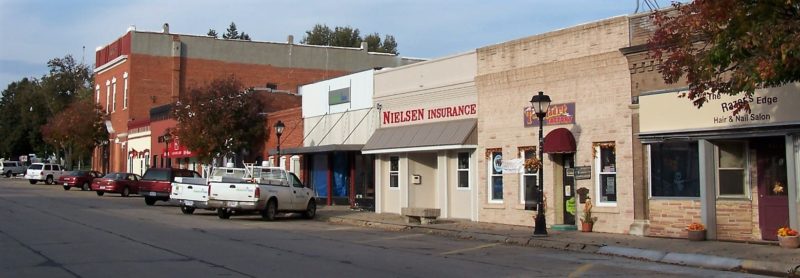
Neligh, Nebraska. Photo CC by J. Stephen Conn on Flickr.
There have been too many years of disinterest and disinvestment in rural America and at times I grow weary of defending the value of the rural place I call home to a national audience. I have read multiple articles about the rural underclass and the poverty that plagues our landscape from Bloomberg Business, NY Times, and Wall Street Journal. One of those articles written by Paul Krugman stated,
“once upon a time dispersed agriculture ensured that small cities serving rural hinterlands would survive. But for generations we have lived in an economy in which smaller cities have nothing going for them except historical luck, which eventually tends to run out.”
I need to ask, is your community living in this fairytale and just running on historical luck, like the author suggests? Or, are you investing in your community and taking responsibility for the inherent change that is affecting your future?
We have all heard about the changing rural landscape from a national perspective…population decline, low median household income, high poverty, high unemployment, low wages, dilapidated housing, decaying Main Streets, etc. Yet, according to the 2010 Census research done by Ben Winchester of the University of Minnesota Extension Service,
“People in small towns can stop talking negatively about what things their town has lost or what it used to be like. The changes in the rural Midwest are almost all microcosms of globalization. Rural is changing, not dying,”
When it comes to change, Ray Kurzweil, author of The Singularity is Near states,
“At the given rate of change, we will experience the equivalent of 20,000 years of change in this century.”
This kind of fast-paced change means we have more choices and less time to make those choices. Today’s rural communities and the people willing to lead them need to be prepared for this environment. From my observation, communities that succeed in the face of change are connected to: data, outside resources, other communities, engaged residents, and global trends. Having insight about this ever-changing knowledge-base makes communities ready to move in a forward direction, quickly.
Here is a story of Neligh, Nebraska. Neligh is a community that refused to begin their story with once upon a time or let themselves slip quietly into obscurity. Since 2012, this community of 1,600 people has seen a colossal reinvestment. Neligh has welcomed 27 new businesses – a 17 percent increase in total businesses – and transitioned 14 businesses to new ownership. Antelope County has seen more than $600 million in capital investment. In a few years, when they complete all the projects in their pipeline, capital investments will clear $1 billion. Neligh didn’t pull up its bootstraps by itself. They asked for help. Their network of partners is long: engaged citizens, local businesses, nonprofits, education community, elected officials and more.
This story may sound like an overwhelming task or a one-of-a-kind success story. However, I am here to tell you that this kind of local development is realistic and beginning to take hold in many small communities because they are investing in themselves! Your community can replicate this type of development when residents like you are willing to be engaged and do the internal work necessary to establish a community development culture, clarify local values, and set priorities. This internal work is then balanced with external forces (e.g. resource providers, peer network, investors, developers, etc.) while seeking regular feedback, support, and advice from empowered community residents.
Let’s invest in rural places and build a community development culture that believes we are not too small to have it all. #Iamrural
